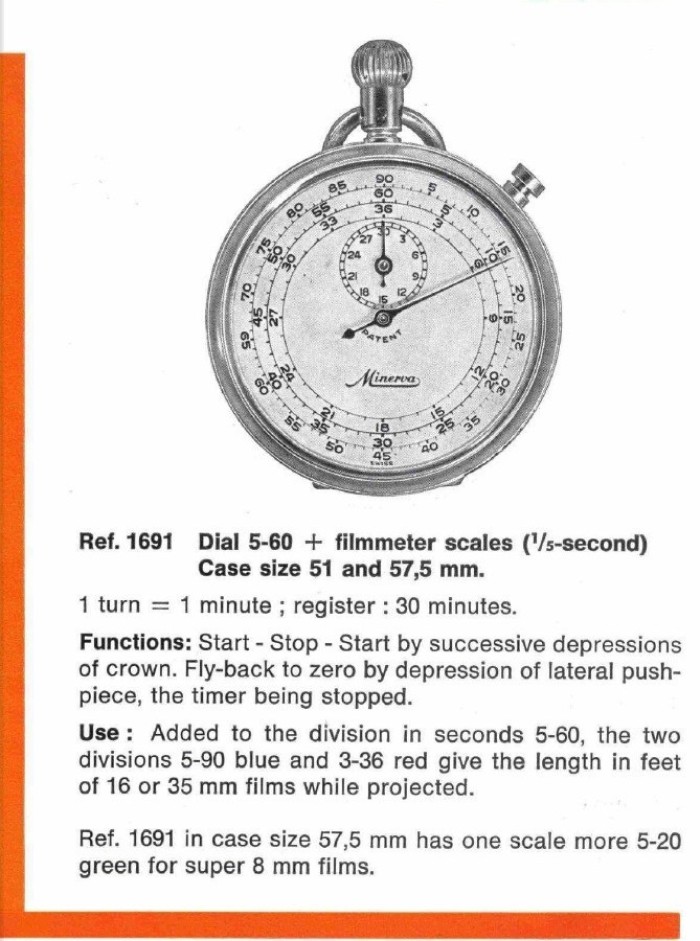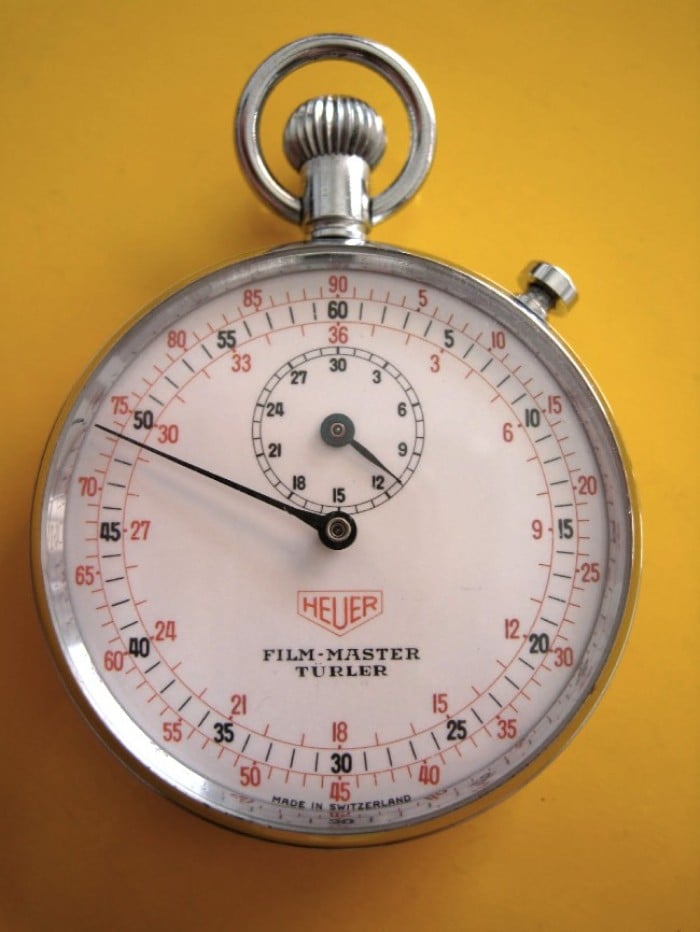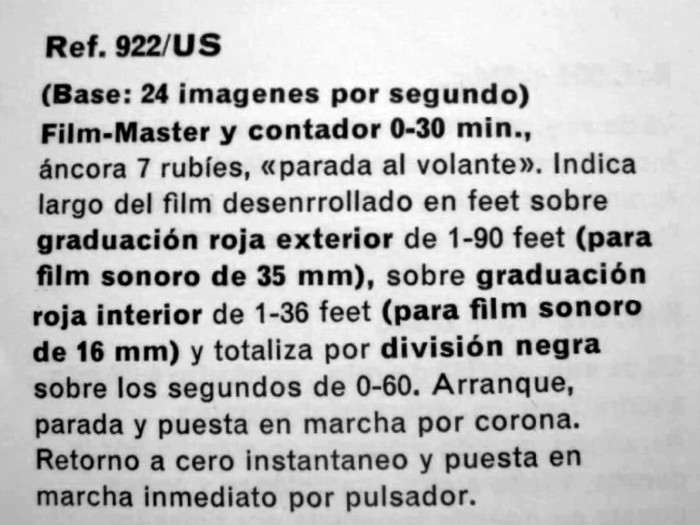woodwkr2
·LouS, perhaps you'll take solace in the fact that many others may have passed this watch up when it was first offered for sale. As I outlined above, this may have been sold by Henri Stern himself, though it possesses a "UOW" marked balance bridge rather than the "HOX" markings I'd really like to see had the watch been officially destined for import to the US.
Regardless, I've given some thought to a seemingly bizarre problem with vintage watches; that is, why are outer scales so frequently deteriorated on vintage watch dials compared to the center of the dial? In some cases I've seen and even adjusted watches where the long minute hand was bent at its tip and literally dragged across the dial face leading to faint lines and damage. But for dials without the tell-tale linear scratches, what gives?
Well, if you look at the first picture in this thread you see that the whole crystal looks a little cloudy. It's subtle, for sure, but when you've look at thousands of these you start to notice the little things. When I first received the watch I popped off the bezel to look over the lovely dial and to polish out the scratches in the acrylic or hesalite crystal. Well, I got the scratches out, but I never was able to get the haziness out. Some kind of chemical reaction had taken place to alter the molecular properties of the crystal. As I thought about it more, I've got a theory that would explain the frequency with which we see ugly outer scales and explain the clouded crystal. (I should mention that I'm finishing medical school, so evaluate my "unifying diagnosis" accordingly).
I think that UV light exposure, which induces free radical degeneration and DNA damage eventually leading to skin cancer in humans, may be the culprit in vintage watches as well. If my Film Compax had say, sat in a display window for an extended amount of time, it would have received more than its fair share of UV damage, which resulted in the cloudy crystal. So how does that explain the dial? If you're wearing a vintage piece with acrylic crystal, take a look at it. Do you notice the curvature along the edges and the distortion or lens-like effect that you get if you tilt the watch just right? It's kind of like a magnifying glass, right? What if we took a low power magnifying glass to the outer scales of our watch dials and left it there for months or years. My bet is that the fine cellulose laquer that coats the dial paint would begin to degrade and eventually result in damage to the underlying paint. Since the curvature of the crystal is such that the magnifying effect is most pronounced at the edges of the dial, perhaps that explains why it's always the outer scales with the damage.
If we examined the windows on the building where this watch was originally sold, I'd be willing to make a small wager that the building faced South. Thus when the harsher sunlight shone in from the West, it resulted in preferential damage to the left-sided scales, as you can make out in my #womw picture above.
Anyone want to setup a little experiment to test my theory? Where's my Watson?
Regardless, I've given some thought to a seemingly bizarre problem with vintage watches; that is, why are outer scales so frequently deteriorated on vintage watch dials compared to the center of the dial? In some cases I've seen and even adjusted watches where the long minute hand was bent at its tip and literally dragged across the dial face leading to faint lines and damage. But for dials without the tell-tale linear scratches, what gives?
Well, if you look at the first picture in this thread you see that the whole crystal looks a little cloudy. It's subtle, for sure, but when you've look at thousands of these you start to notice the little things. When I first received the watch I popped off the bezel to look over the lovely dial and to polish out the scratches in the acrylic or hesalite crystal. Well, I got the scratches out, but I never was able to get the haziness out. Some kind of chemical reaction had taken place to alter the molecular properties of the crystal. As I thought about it more, I've got a theory that would explain the frequency with which we see ugly outer scales and explain the clouded crystal. (I should mention that I'm finishing medical school, so evaluate my "unifying diagnosis" accordingly).
I think that UV light exposure, which induces free radical degeneration and DNA damage eventually leading to skin cancer in humans, may be the culprit in vintage watches as well. If my Film Compax had say, sat in a display window for an extended amount of time, it would have received more than its fair share of UV damage, which resulted in the cloudy crystal. So how does that explain the dial? If you're wearing a vintage piece with acrylic crystal, take a look at it. Do you notice the curvature along the edges and the distortion or lens-like effect that you get if you tilt the watch just right? It's kind of like a magnifying glass, right? What if we took a low power magnifying glass to the outer scales of our watch dials and left it there for months or years. My bet is that the fine cellulose laquer that coats the dial paint would begin to degrade and eventually result in damage to the underlying paint. Since the curvature of the crystal is such that the magnifying effect is most pronounced at the edges of the dial, perhaps that explains why it's always the outer scales with the damage.
If we examined the windows on the building where this watch was originally sold, I'd be willing to make a small wager that the building faced South. Thus when the harsher sunlight shone in from the West, it resulted in preferential damage to the left-sided scales, as you can make out in my #womw picture above.
Anyone want to setup a little experiment to test my theory? Where's my Watson?



